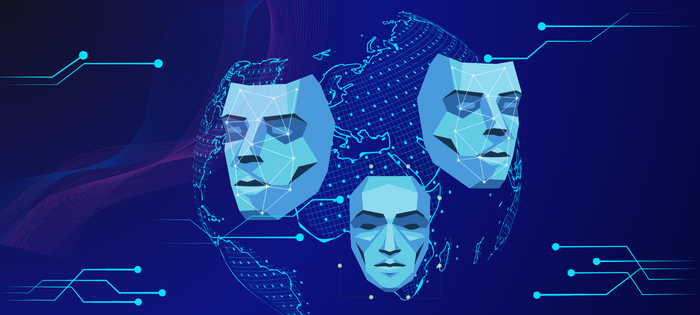
Vulnerability exploitation boom threatens cybersecurity
In the fast-paced digital landscape of today, where technology leaps forward, so do the threats that come with it. Cybersecurity has become an increasingly critical concern for businesses and individuals alike, as evidenced by the findings of the 2024 Data Breach Investigations Report (DBIR) released by Verizon Business. Let’s delve into the key takeaways from this comprehensive analysis and explore what they mean for the cybersecurity landscape moving forward.
Vulnerability Exploitation Boom: A Triple Surge in Threats
One of the most alarming revelations of the report is the staggering surge in vulnerability exploitation, which nearly tripled by 180% compared to the previous year. This exponential increase underscores the growing sophistication of cyberattacks, with ransomware actors increasingly targeting zero-day vulnerabilities on unpatched systems and devices. The MOVEit software breach stands out as a prominent example, highlighting the devastating impact such attacks can have across multiple industries.
Chris Novak, Senior Director of Cybersecurity Consulting at Verizon Business, aptly summarizes the gravity of this situation, emphasizing the persistent threat posed by the exploitation of zero-day vulnerabilities. While artificial intelligence (AI) garners attention as a potential future concern, the failure to address basic vulnerabilities remains a pressing issue, providing threat actors with ample opportunities to infiltrate systems.
The Challenge of Vulnerability Management: A Race Against Time
Analysis of the Cybersecurity Infrastructure and Security Agency (CISA) Known Exploited Vulnerabilities (KEV) catalog reveals a sobering reality: organizations take an average of 55 days to remediate just half of critical vulnerabilities after patches become available. In contrast, threat actors exploit these vulnerabilities within a median time frame of five days. This stark dichotomy underscores the urgent need for organizations to bolster their vulnerability management strategies and prioritize patching protocols to mitigate risks effectively.
The Human Element: A Gateway for Cybercriminals
Despite advancements in technology, the human element remains a primary gateway for cybercriminals, contributing to 68% of breaches. Whether through inadvertent errors or social engineering tactics, individuals continue to play a pivotal role in cybersecurity incidents. However, there is a glimmer of hope in the form of improved reporting practices, with a notable increase in self-reporting phishing incidents. This shift reflects a growing awareness of cybersecurity issues and signals a cultural shift towards prioritizing cybersecurity hygiene.
Extortion Techniques and Supply Chain Vulnerabilities: Emerging Threats
Ransomware and extortion techniques emerge as significant threats, accounting for a third of all breaches. The involvement of third parties, including data custodians and supply chain vulnerabilities, further complicates the cybersecurity landscape. Over the past decade, the use of stolen credentials has remained a prevalent tactic among cybercriminals, underscoring the importance of robust authentication measures.
Regional Variances: Insights from Across the Globe
Regional disparities in breach trends shed light on distinct challenges faced by different geographical regions. While espionage attacks dominate the APAC region, internal breaches account for half of the incidents in EMEA. These regional nuances underscore the need for tailored cybersecurity strategies that address specific threat landscapes.
Navigating the Evolving Cybersecurity Landscape
As we reflect on the findings of the 2024 Data Breach Investigations Report, it becomes clear that cybersecurity is a multifaceted challenge that demands continuous adaptation and innovation. Organizations must prioritize vulnerability management, bolster employee training initiatives, and foster a culture of cybersecurity awareness to effectively mitigate risks. By staying vigilant and proactive, we can navigate the evolving cybersecurity landscape and safeguard our digital future.
Source:Verizon

